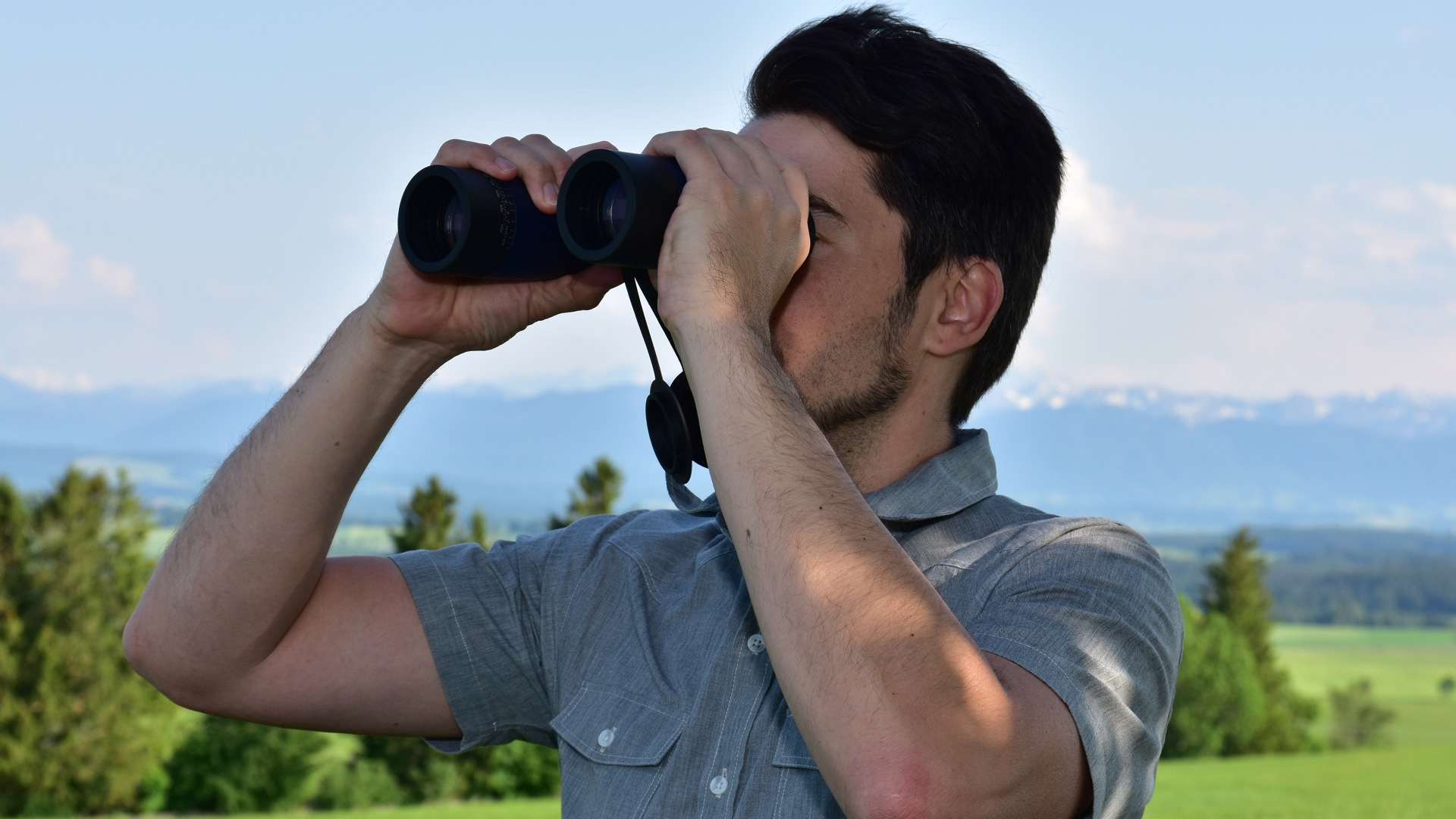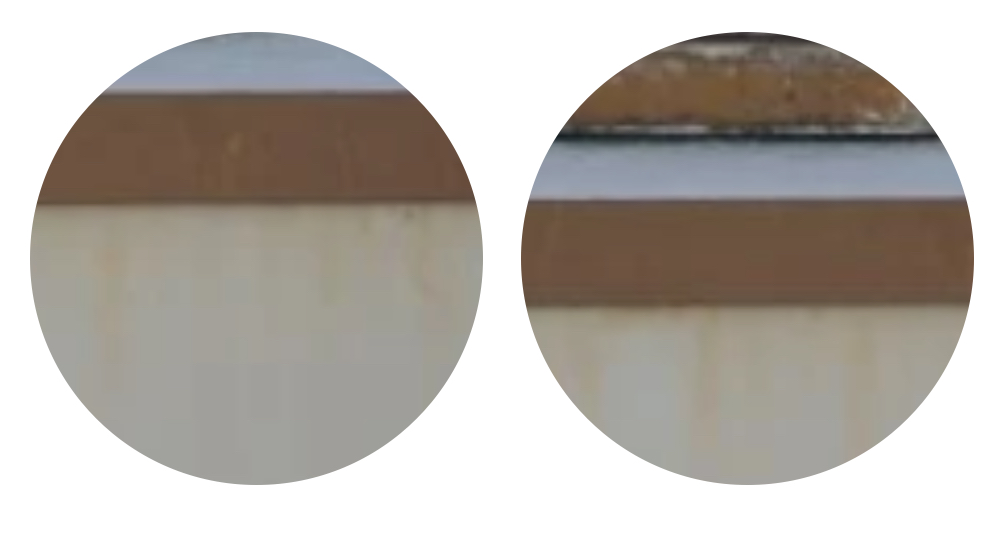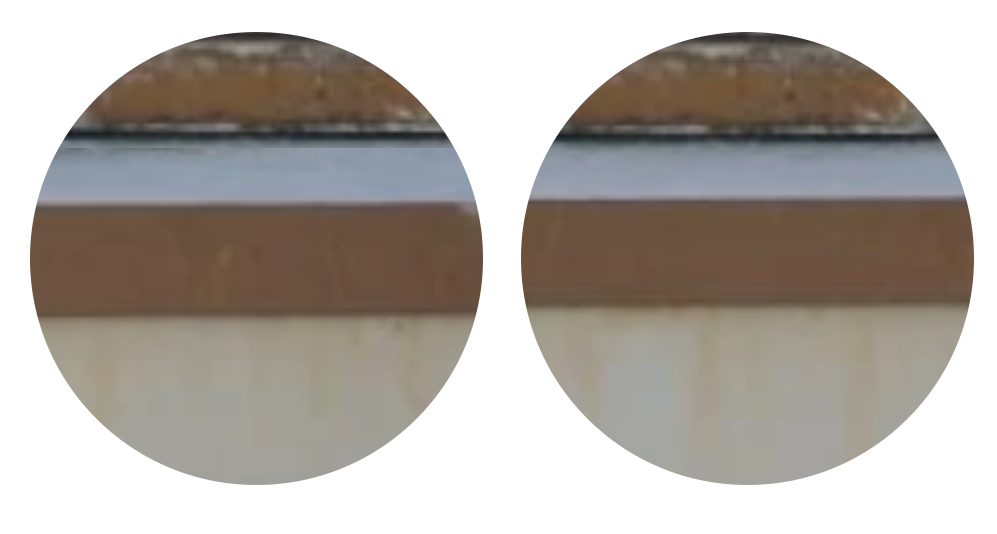Binoculars alignment
It's really this simple: how to easily align binoculars in just 6 steps so you can enjoy the view again.

Aligning your binoculars in 6 easy steps
Enjoying nature with binoculars is one of the most amazing experiences. A day spent viewing mountains and crevasses, admiring the plumage of our native birds, or immersing yourself in the fascinating world of astronomy. Unforgettable moments are often captured through binoculars. Therefore, it is important that you maintain your binoculars and, as a delicate optical instrument, handle them with care. This device consists of many optical components, which are ultimately responsible for your viewing pleasure.
When your binoculars are no longer aligned
It can sometimes happen that your binoculars no longer demonstrate their usual optical quality. In extreme cases, you may not see one image, but two individual round images, that are completely separate. If this is case, your binoculars are out of alignment. This means that the optical components (especially the prisms) are no longer in alignment with one other. But don't panic! Your binoculars are not broken, just misaligned. Maybe they were shaken roughly, or dropped.
How to align your binoculars
If you have binoculars with Porro prisms, you can easily adjust them yourself, so you can enjoy the full viewing experience again. Therefore, we give you this short list of instructions for self-adjusting your binoculars. Many Porro binoculars can be adjusted similarly.
1. First, you should test whether they really need to be aligned. To do this, it's best to attach the binoculars to a tripod so that they can be held steady. Position the binoculars and tripod so that you can relax and watch the landscape from a comfortable seated position.
If everything is clear, good and comfortable to see then, for your eyes, no alignment is necessary. If you see double images or even feel slightly dizzy, the binoculars are probably not perfectly aligned.
2. As you look through the binoculars, it is a good idea to point them at a house or building which conveniently offers both vertical and horizontal straight lines. However, this object should be located some distance away. Now look through the binoculars alternately with the right eye and then with the left eye. If you quickly and alternately open and close your right and left eye, you can easily see any difference between the two visual impressions. If the binoculars are misaligned, it appears that the object is jumping back and forth. A vertical misalignment is always more problematic than a horizontal one. Height differences are difficult for the human eye to compensate. On the other hand, small horizontal differences can be quite normal and are not as problematic.
Tip: the small screws for aligning the prisms are hidden under the rubber armouring. You can adjust them yourself using a small screwdriver.
3. If the binoculars are misaligned, you will probably see the horizontal wall edge bounce up and down as you view through alternate eyes. If this is the case, you definitely need to take action. To align, we recommended that you work with two screwdrivers simultaneously. Position both screwdrivers in the adjusting screws and, at the same time, look through the binoculars. Now sensitivity is required. Only the smallest movements of the screws are needed in order to align the prisms.

4. Besides a wall, a fir tree with its many branches can also be a good object to use, because the individual branches must be brought into alignment.
Here there are clearly visible differences in height between the right and left image as seen through the binoculars. While continually changing the view from left to right, the binoculars should now be carefully aligned.

5. When the wall edge in both images is horizontal or the branches of the tree coincide, you have achieved a sufficiently good alignment. The image should now be sharp and the view through the binoculars should give you pleasure once again. Quickly switch the view between your right and left eye again to check the alignment. If the image is comfortable for you, your alignment is completed.
6. In some individual cases, you may find that that your personal alignment does not seem entirely perfect to another person. But don't worry about that, because no human eye is perfectly like another. Even small changes in a person's eye alignment can lead to a completely different visual impression. Nevertheless, a compromise alignment can usually be found.

